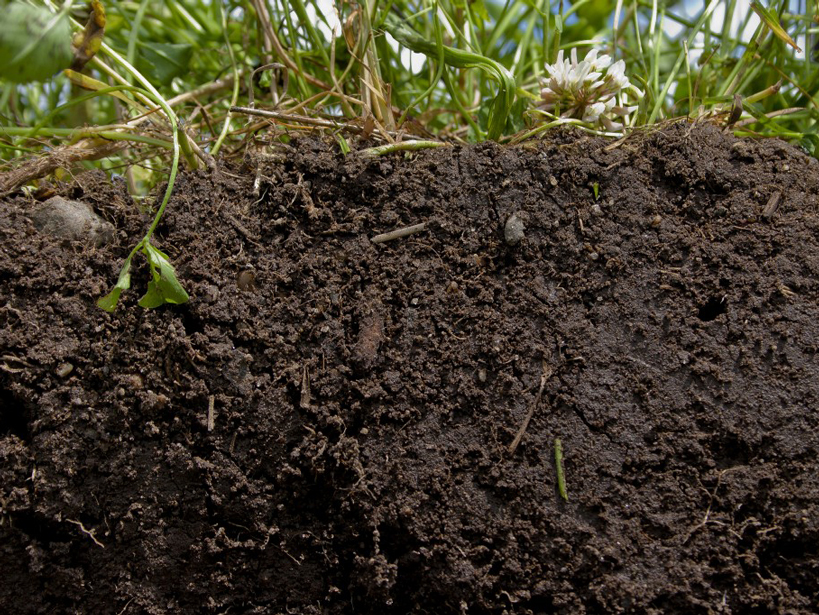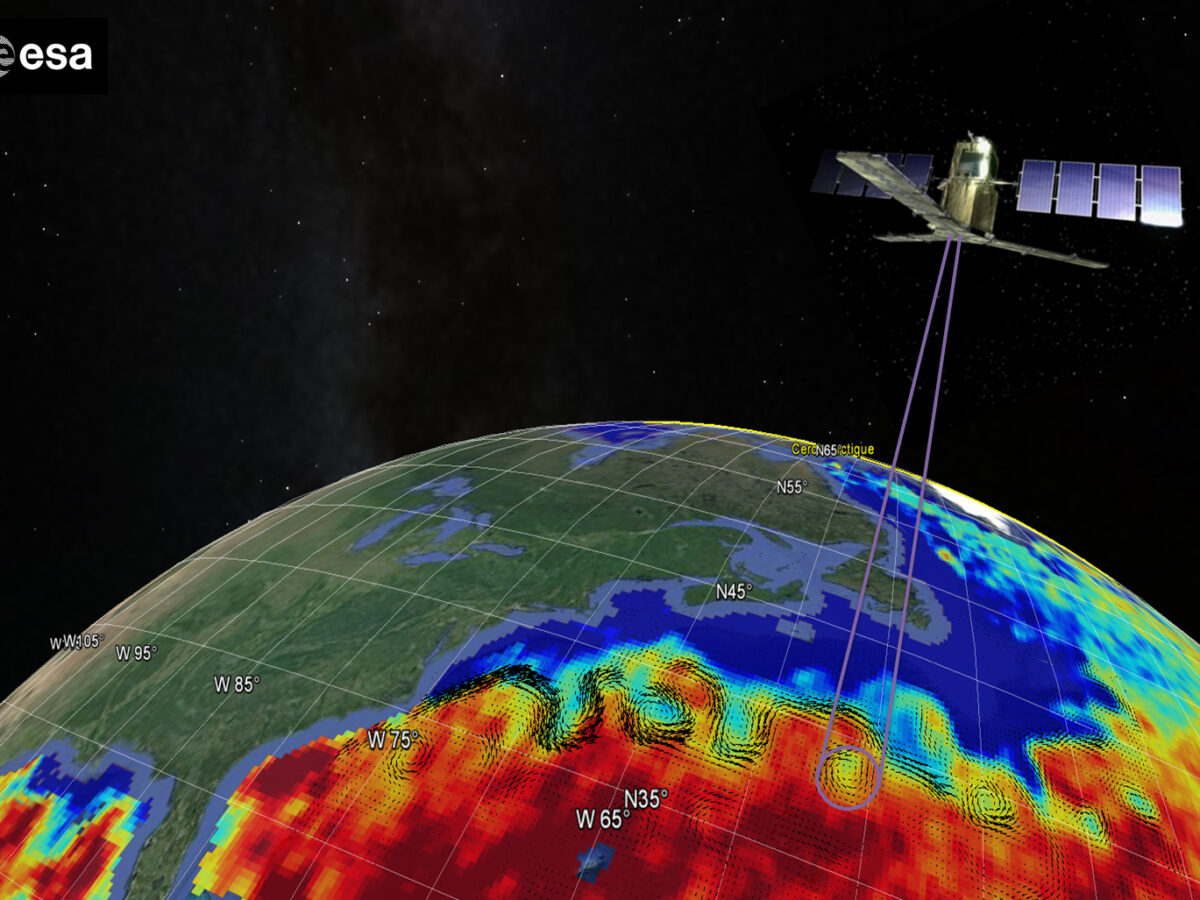Researchers investigate how microbes respire in dry conditions.
Geophysical Research Letters
Wave Energy Affects the Surf Zone Heat Budget
A study of water temperature in nearshore environments shows that wave energy was the second-largest driver of temperature changes in the surf zone.
Seismic Wave Modeling Goes Local
A new technique brings accurate models of traveling seismic waves to a regional scale.
Polar Warming Makes the Jet Stream Stable, Not Wavy or Blocked
An idealized climate model suggests polar warming stabilizes the jet stream and reduces atmospheric blocking at midlatitudes.
Warming Hiatus Periods to Become Increasingly Unlikely
Anthropogenic climate change is reducing the likelihood of the Earth seeing another slowdown in the rate of surface warming.
How the Solar Wind May Affect Weather and Climate
The Sun's influence on the Earth's climate is complicated, but researchers are slowly figuring out how the solar wind can indirectly affect clouds over the poles.
How Do Aquatic Plants Direct Where Other Stalks Grow?
By changing the flow of the river, aquatic plants affect the distribution of nutrients on the riverbed.
Satellite Salinity Data Improves Gulf Stream Eddy Detection
A pronounced contrast in salinity between the Gulf Stream and current rings makes satellite salinity measurements valuable.
Southwest’s Four Corners Home to Largest U.S. Methane Signal
Satellite data reveal fossil fuel harvesting operations in the Southwest's Four Corners are generating the country's largest methane signal viewable from space.
Ancient Earthquakes Made an Island Rise and Fall
Observations track elevation changes of an island in the Kodiak Archipelago to past ruptures of the Alaska-Aleutian megathrust fault.









